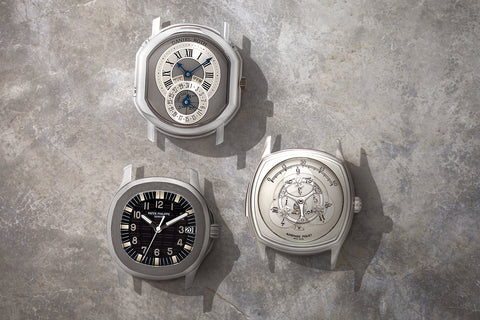First released in 1984, the Vacheron Constantin reference 43032* represented a bold move when viewed in the context of tumult of the Quartz Crisis that the Swiss watch industry was still in the midst of. The reference affords an almost unfettered glimpse into the inner workings of its perpetual calendar complication. This particular example from 2003, with a skeletonised ultra-thin automatic calibre paired with a 36mm platinum case is as slim as it is elegant in its architecture.
Worth Reading
Only a year after the production of the reference 43031, Vacheron Constantin introduced the 43032, distinguished from the original reference by its skeletonised design. By the brand’s estimates, around 150 skeletonised watches were produced in platinum, with 130 featuring white subdials, while only 20 wore blue subdials. A handful of examples were also produced with diamonds on the bezel or dial.
This example from 2003, features white subdials, that together with its 36mm platinum case give it a decidedly harmonious and understated appearance. The four subdials lend the face a visual symmetry that is as aesthetically pleasing as it is user-friendly. At 12 o’clock is the month indicator while the subdial at 3 o’clock displays the date. The register at 6 o’clock features a moonphase display, together with the brand mark printed in black. The rich blue of the moonphase is crafted from lapis lazuli, giving the watch face vibrancy. The register at 9 o’clock indicates the day of the week. All registers, barring the one at 6 o’clock, are skeletonised and feature leaf-style hands. The reference 43032 makes use of a 48-month subdial, allowing the wearer to track what stage of the four-year cycle they’re in, and allows for more precision in tracking the changing years over a longer period. The hours and minutes hands are dauphine style and faceted.
The three-part case features a rounded profile, with all parts evenly mirror-polished. The bezel, rising from the mid-case gives the impression of a stepped case. On the mid-case, in addition to the crown signed with the Maltese cross, are four correctors to adjust the perpetual calendar. The slim, straight lugs further accentuate the delicate elegance of the face.
Holding the watch up to light helps appreciate the extent to which the underlying calibre has been skeletonised. Seen through the display caseback, there is an impressive level of hand-finishing on the calibre 1120QP. It wears vertical brushing, mirror polish and bevelling visible on most surfaces. Most of the driving wheels large enough for it have been skeletonised while many components, both at the front and back, have been treated to traditional hand-engraving in a floral pattern. The selfwinding rotor also benefits from this treatment, skeletonised to its most essential structure, with those remaining parts beautifully engraved. At the centre of the rotor is a similarly skeletonised and engraved Maltese cross, while on the periphery lies a 21k gold rim, to make up for the mass the structure loses from the hollowing.
The calibre 1120QP is a famed movement introduced in 1983 that built on the high-quality Jaeger-LeCoulre 920 ébauche. It features a perpetual calendar module designed by Swiss complications specialist, Dubois Dépraz. The module remains in use today, with the most recent perpetual calendars produced by Vacherson Constantin still employing it.
Specifications
Closer look
| Brand: | Vacheron Constantin |
| Model: | Perpetual Calendar ref. 43032/000P-7072 |
| Movement: | automatic calibre 1120QP |
| Functions: | perpetual calendar (month, date, day, moonphase), hours, minutes |
| Features: | skeletonised dial and movement, skeletonised rotor, display back |
| Case material: | platinum |
| Case diameter: | 36mm |
| Lug to lug |
41mm |
| Crystal: | sapphire front & back |
| Strap: | curved nubuck strap from our own collection, Vacheron Constantin grey alligator strap, new Vacheron Constantin black alligator strap, Vacheron Constantin white gold depolyant clasp |
| Lug width: | 19x16 |
| Year: | 2003 |
| Accompanying materials: | Vacheron Constantin outer cardboard box and inner leather box, travel case, Archive Extract, servicing invoice from Vacheron Constantin (2020) |
Condition
This Vacheron Constantin Perpetual Calendar is in very good condition throughout. The case and lugs show light signs of wear throughout, more specifically, light grazes are found on the topside of the lugs and bezel. The dial, hands, and movement are free from any signs of imperfection. The case proportions are strong, with the hallmarks and engravings on the caseback remaining crisp and well defined.
Warranty
The watch comes with a two-year warranty from A Collected Man, alongside a lifetime guarantee of authenticity.
We stand by the quality of all of our pre-owned watches and mechanical objects. If something goes wrong, we’ll always strive to remedy the situation in a timely manner and to the best of our ability. The satisfaction and trust of our clients is of the highest importance, to everyone at A Collected Man.
All of our pre-owned watches have undergone thorough, non-invasive mechanical inspections and have been serviced, if appropriate, to ensure that they meet our highest standards of timekeeping and functionality.
Our pre-owned watches, unless stated otherwise, are covered by either a full or a limited twenty-four month warranty. This excludes any damage sustained due to improper use or accident. Due to their age, some pre-owned watches should not be subjected to the same conditions as when new.
Any of our pre-owned watches which have been serviced by their respective manufacturer, will carry the manufacturer’s servicing guarantee. This is separate and supersedes, the standard warranty offered by A Collected Man. Please see our Terms & Conditions for further information. You can write to us directly at enquiries@acollectedman.com, for further clarification.
A Collected Man is also an authorised retailer for a number of watchmaking brands. These watches are covered by the warranty from the original manufacturer.
We offer complimentary worldwide delivery on our watches. If ordering from overseas, delivery will depend on the value of the timepiece and the destination. All import taxes and duties are the responsibility of the buyer.
If ordering from the UK before 1 PM, your watch will be sent the same working day. The courier will depend on the value of the watch, with all watches delivered the next working day.
Please note that pre-owned goods (in the United Kingdom) are subject to a marginal rate of VAT, which can not be reclaimed. For further information, please see here.
Enquire
Please fill out the details below and we'll be back in touch shortly. Thank you.
Join the List
Get notified as soon as new pieces from this brand are added to our collection.
Leap Forwards of Perpetual Calendar
The first perpetual calendar pocket watch was invented by Thomas Mudge in 1762, yet it wouldn’t be until 1925 when Patek Philippe produced the first perpetual calendar wristwatch. That’s how hard it is to miniaturise this complication, just so that its wearer isn’t thrown out of sync for a moment every four years.




Certainly, the complexity of this complication isn’t just about scale. It’s about energy. If a chronograph requires a lot of energy just to move those three extra hands, now imagine the energy demands of a watch whose entire mechanism needs to be constantly running, even while it appears to be doing not much at all. This requires minimal friction, minimal weight and whatever else can be done to conserve energy.
All of which begs the question, if perpetual calendars can not only be challenging to make, but even to own, what quite is their appeal? Michael Friedman, who holds the fantastic title of ‘head of complications’ at Audemars Piguet – makers of rods for its own back, and hence the RD2, the world’s thinnest self-winding perpetual calendar watch – gets philosophical on this question. If, he says, watches are so often celebrated for their precision in the moment, for their nowness, for splitting seconds, the perpetual calendar celebrates slow time. Indeed, the very name says it all: the perpetual calendar might as well be called the forever watch.


PERPETUAL Calendar Watches at A Collected Man
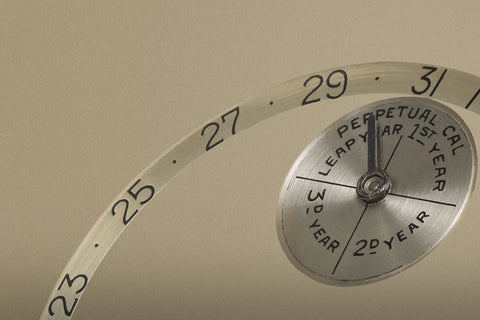
The Leap Forwards of Perpetual Calendars
By Josh Sims
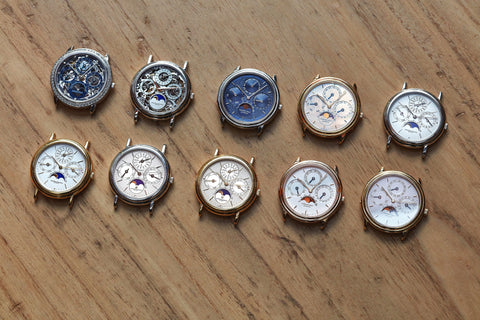
The Birth of Ultra-Thin, Automatic Perpetual Calendars
By Russell Sheldrake
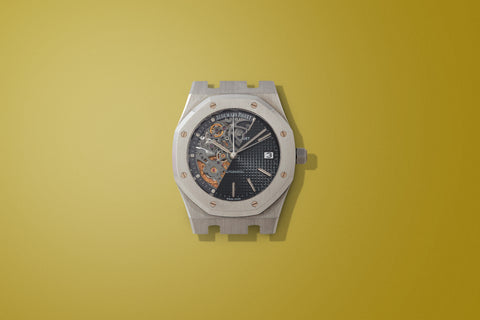
The Bare Bones Of the Skeletonised Watch
By Josh Sims
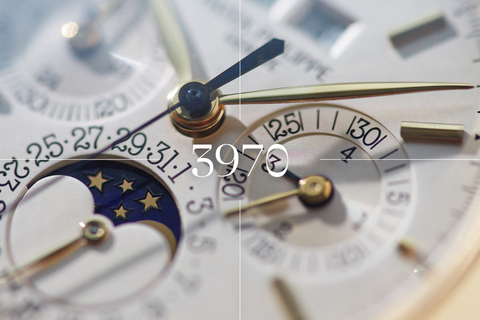
A Collector's Guide: The Patek Philippe 3970
By Russell Sheldrake
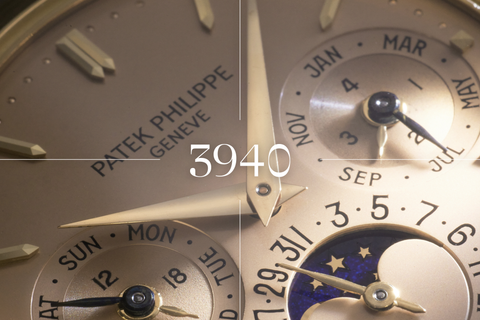
A Collector's Guide: The Patek Philippe 3940
By Russell Sheldrake
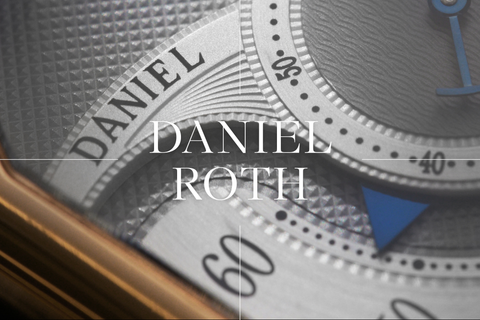
A Collector’s Guide: Early Daniel Roth
By Russell Sheldrake
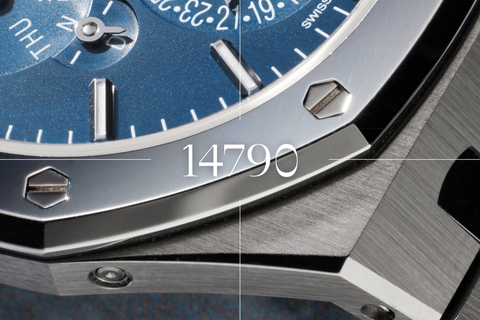
A Collector’s Guide: The Audemars Piguet Royal Oak ref. 14790
By Russell Sheldrake
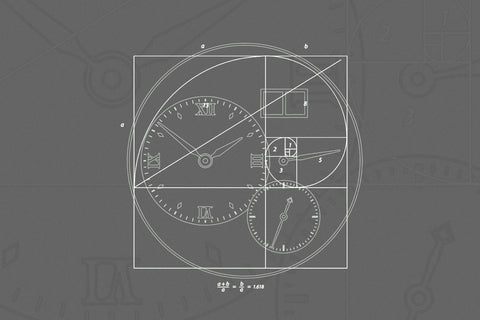
The Balance of Symmetry and Asymmetry in Dial Design
By Felix Scholz
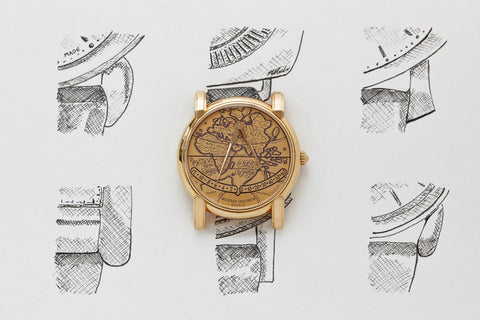
Six Collectors Choose their Favourite Lugs
By Russell Sheldrake
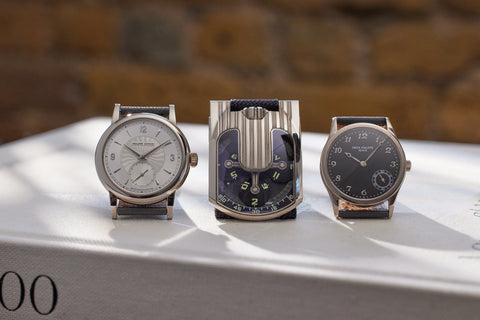
What Is Independent Watchmaking?
By A Collected Man
